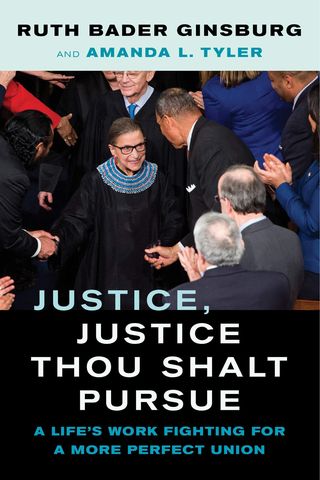Inside the Making of RBG's 'Justice, Justice Thou Shalt Pursue'
I had the special privilege of working closely with Justice Ginsburg one last time.
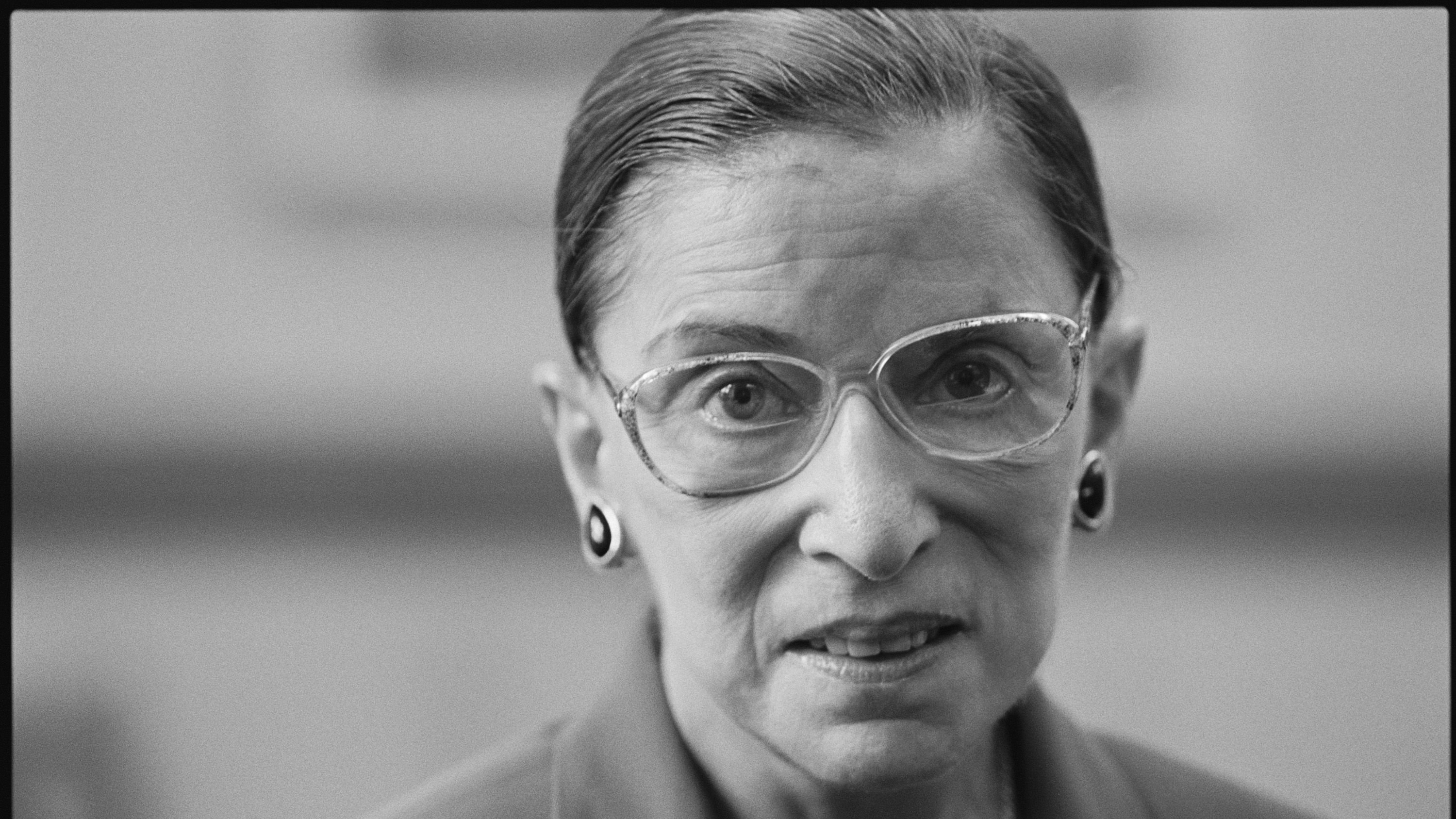
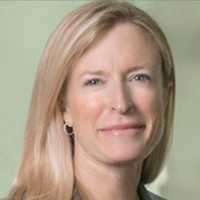
On March 16, 2021, Ruth Bader Ginsburg's final piece of work, Justice, Justice Thou Shalt Pursue: A Life's Work Fighting for a More Perfect Union, will be published by University of California Press. Co-written with Amanda L. Tyler, who served as a law clerk for Justice Ginsburg in 1999, the book is a curation of many of RBG's previously unpublished speeches, dissents, and conversations, honoring the late Supreme Court justice's legacy. Here, in an exclusive excerpt, Tyler reflects on what it meant to work with Justice Ginsburg and how it felt finishing the book days before she passed away in September 2020. Today, March 15, would have been RBG's 88th birthday.
This part of the book was not supposed to exist. On September 18, 2020, shortly after Justice Ginsburg and I submitted this book for publication, she succumbed to complications from cancer and passed away at her home surrounded by her family and loved ones.
It is impossible to put into words how devastating her loss is for those of us who were lucky enough to know her. As the outpouring of grief that gripped the United States following news of her death vividly illustrated, the country she loved and spent a lifetime serving also suffered a great loss with her passing. Justice Ginsburg was a national treasure—someone who through her life and work made ours a better, more just society. Indeed, as Justice Sonia Sotomayor wrote after her passing, she was nothing short of an “American hero.”
In trying to process her loss, I keep coming back to the passage from Deuteronomy that hung on a wall in her chambers:
“Justice, justice thou shalt pursue.”
This calling drove Justice Ginsburg in all she did.
Indeed, Justice Ginsburg’s life’s work was defined by her dedication to making sure the United States Constitution leaves no one behind and truly is a document for all of us, “We the People.”
Get exclusive access to fashion and beauty trends, hot-off-the-press celebrity news, and more.
This book covers only a small part of the impact Justice Ginsburg’s life and work had on American law and society. And what an impact it was. From dismantling institutionalized gender discrimination as an advocate in the 1970s through 40 years as a federal judge, including 27 years on the Supreme Court, Justice Ginsburg worked tirelessly to advance the principle that the United States Constitution is an inclusive document that promises everyone “equal opportunity to aspire, achieve, participate in, and contribute to society based on their individual talents and capacities.”
Justice Ginsburg was also an inspiration. As someone who had confronted adversity throughout her life and bulldozed countless roadblocks thrown in her path along the way, her strength and determination fueled her forward time and again. I keep thinking back, for example, to how she went to the Court to announce an opinion from the bench the morning after she lost her beloved life partner, Marty. Profoundly dedicated to her role as a public servant, she insisted the work always had to go on. Right up until the very end, she battled cancer with courage and grace, keeping it at bay so many times that many of us began to believe she was invincible.
On this score, I think back in particular to the events at the heart of this book. When I telephoned the Justice to invite her to deliver the first Herma Hill Kay Memorial Lecture in her friend’s honor, she instantly accepted and suggested that we make it a conversation between the two of us. As originally scheduled, we would have held the event in January 2019. But in light of the Justice’s December 2018 surgery to address lung cancer her doctors had discovered, we had to postpone. I recall trying to talk her into canceling the January event well before we actually did. She was so committed to honoring her friend that she resisted. When, under the advice of her doctors, she finally relented, she insisted that we immediately set a new date. When that date arrived ten months later, she made the trip despite not being back at full speed. During her visit, I witnessed first-hand the Justice’s awe-inspiring resilience. Nothing—not even cancer—was going to keep her from honoring her dear friend. That is who Justice Ruth Bader Ginsburg was.
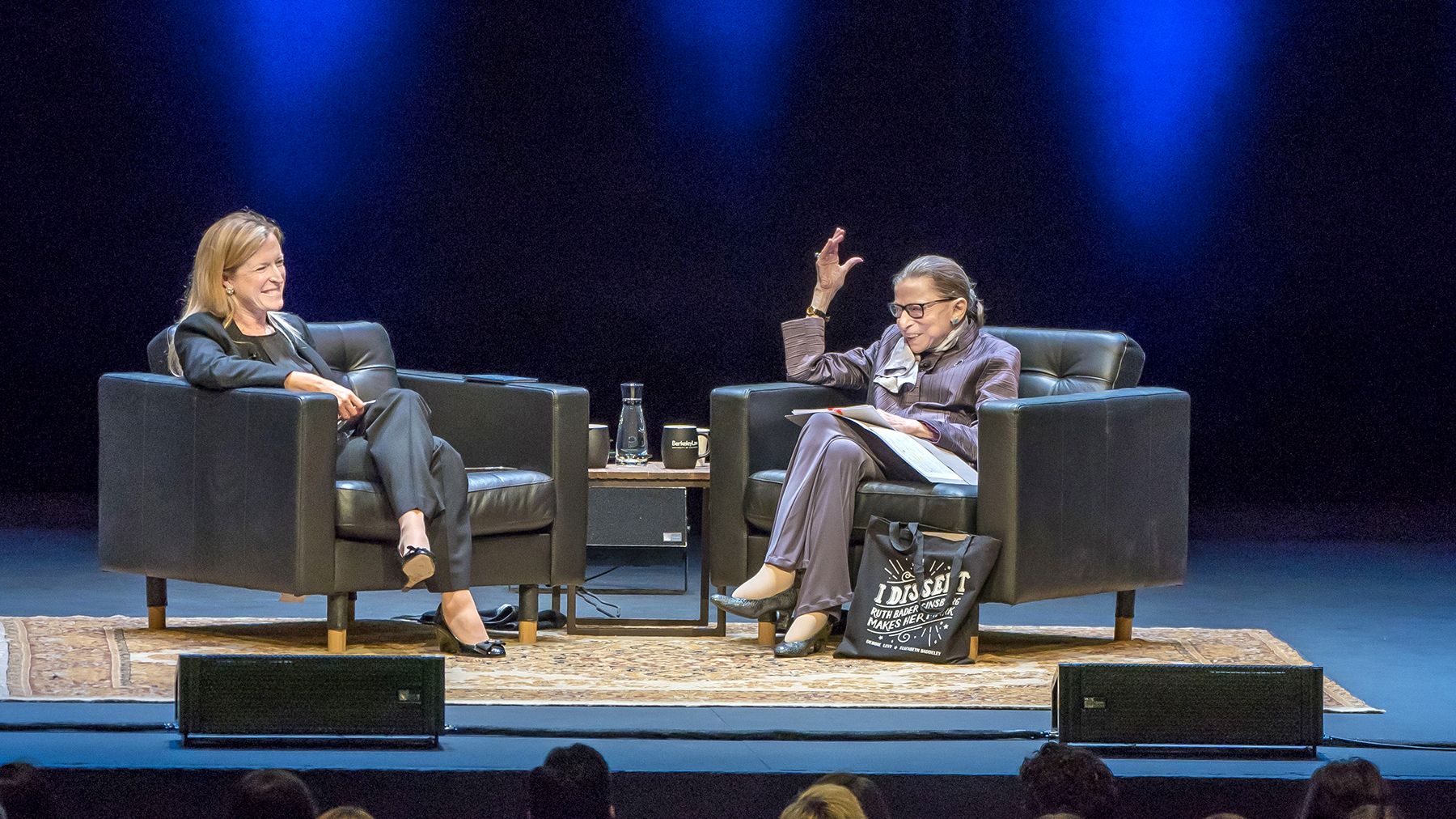
Amanda L. Tyler and Justice Ginsburg in conversation at the Herma Hill Kay Memorial Lecture at the University of California, Berkeley School of Law in 2019.
Less than a year later, the news came that we had lost her. It felt like a gut punch.
Her law clerks knew what we had to do. Despite the ongoing COVID-19 pandemic, some 120 of us who had worked for her at the Supreme Court and at the United States Court of Appeals for the D.C. Circuit traveled from all over the country to stand as honorary pallbearers as her casket returned to the Supreme Court one final time. It was our solemn duty to stand by her side as she passed under and later lay in repose below the Court’s portico at its west entrance that so fittingly reads “Equal Justice Under Law.”
We drew great comfort from being together during those difficult days, all of us holding her close in our hearts. She did so much for so many of us as a mentor and friend that it is simply impossible to convey her incredible generosity and kindness in this afterword. Beyond all that she taught us when we clerked for her, there were the job recommendations that followed, the encouraging notes that arrived to mark both personal and professional milestones (including “RBG grandclerk” T-shirts when new children joined our families), the support she offered as we struggled through our own periods of adversity, and the visits in which we cemented memories we will cherish forever.
After we received her at the Court, her clerks kept vigil by her side for the next 48 hours, two clerks at a time in 20-minute shifts. We stood outside with her during the day, bearing witness to the droves of mourners who came, often with children in tow, to pay their respects. In their grief, we saw just how enormous Justice Ginsburg’s impact on this country has been. Overnight, we came inside the Court to be alone with her, while she lay in the vast Great Hall, and there we stood by her side, just two clerks and one Honor Guard from the Supreme Court Police. It was a time to reflect and to tell her how much she changed our lives and how much we loved her. I served on the last clerk vigil before we returned her to her family, after which she departed the Supreme Court for the final time to lie in state at the Capitol. It is fitting that she was still making history, even in death, as the first woman and first Jewish person to be so honored. All the same, watching her leave the Supreme Court, knowing she would never return, was heartbreaking.
It is fitting that she was still making history, even in death, as the first woman and first Jewish person to be so honored.
Over the spring and summer of [2020], as Justice Ginsburg and I assembled this book, I had the special privilege of working closely with her one last time. She was excited about this project as well as the forthcoming publication of her dear friend Herma Hill Kay’s important work chronicling the lives of the first women law professors in the United States. As we exchanged drafts of various parts of this book, the Justice was every bit as rigorous an editor as she had been 20 years ago when I clerked for her. Right up until the end, she was still teaching me about the craft of writing, how important precision is, and to never use four words when three will do.
During our last conversation, we talked about this project and how she was holding up as she endured numerous medical challenges. Then, the Justice asked about my children. In light of the ongoing pandemic, she wanted to know whether they would be returning to school this fall for in-person instruction or would be attending their classes online from home. More generally, she expressed deep concern for children everywhere who were being profoundly affected by the ongoing pandemic.
That, too, was Justice Ginsburg—always thinking about others and always looking toward the future.
Writing at this moment, that future seems uncertain. But in reflecting on her legacy as told in this book, we can all draw inspiration from the wisdom she imparted in her historic dissent in Shelby County. If she were here with us today, I think she would tell us never to forget, as she said in announcing her opinion from the bench, what “[t]he great man who led the march from Selma to Montgomery” told us: “‘The arc of the moral universe is long,’ he said, but ‘it bends toward justice,’ if there is a steadfast commitment to see the task through to completion.”
It is now the responsibility of all of us to take up this charge.
Excerpt from Justice, Justice Thou Shalt Pursue: A Life’s Work Fighting for a More Perfect Union, by Ruth Bader Ginsburg and Amanda Tyler. Copyright Ruth Bader Ginsburg and Amanda Tyler. University of California Press.
RELATED STORIES
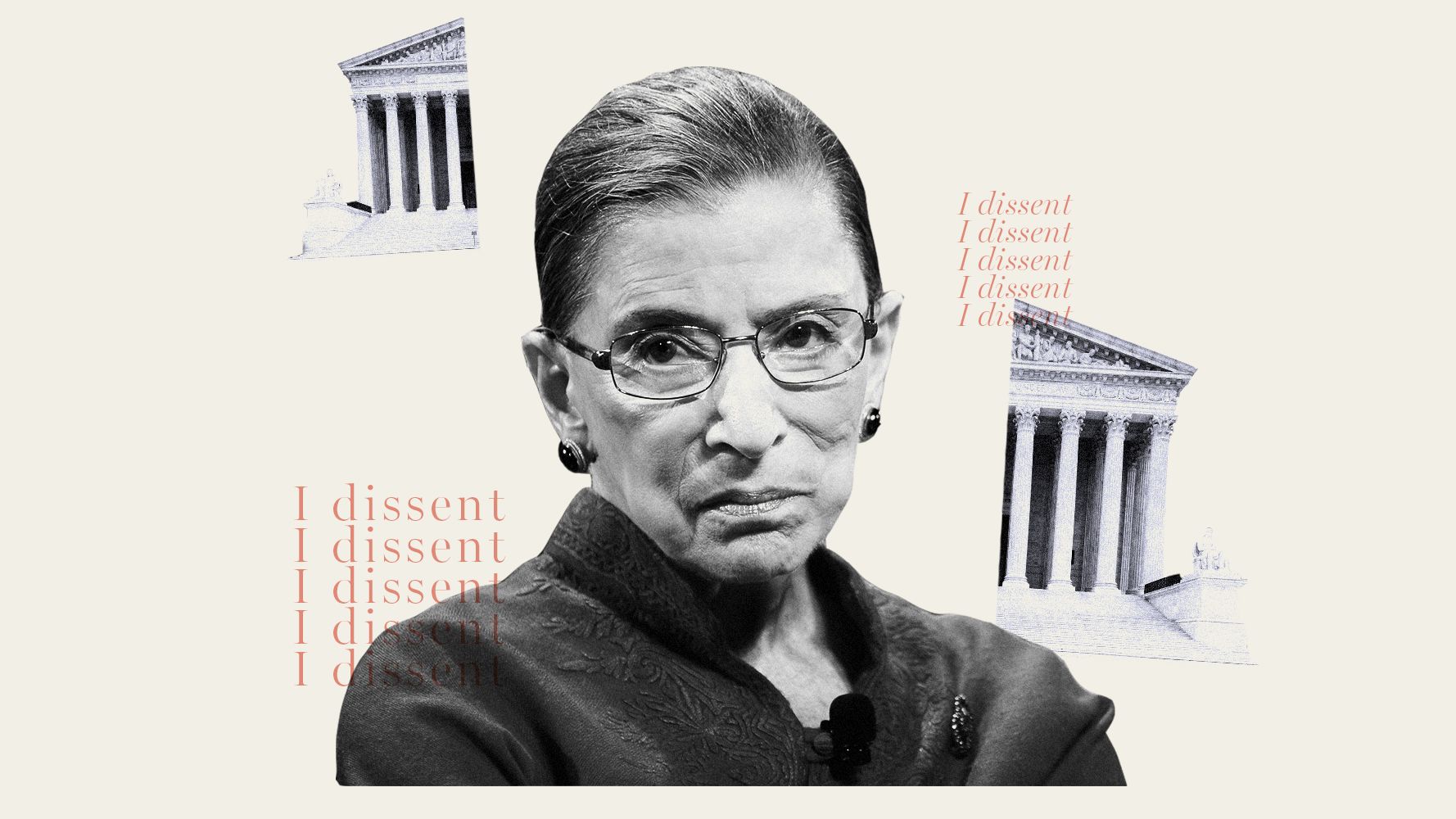

Amanda L. Tyler is Shannon Cecil Turner Professor of Law at the University of California, Berkeley School of Law, where she teaches and writes about the Supreme Court, the federal courts, constitutional law, and civil procedure. The author of many articles and several books, including Habeas Corpus in Wartime: From the Tower of London to Guantanamo Bay, Tyler also serves as a coeditor of the prominent casebook and treatise Hart and Wechsler’s The Federal Courts and the Federal System. Tyler served as a law clerk to the Honorable Ruth Bader Ginsburg at the Supreme Court of the United States during the October Term 1999.
